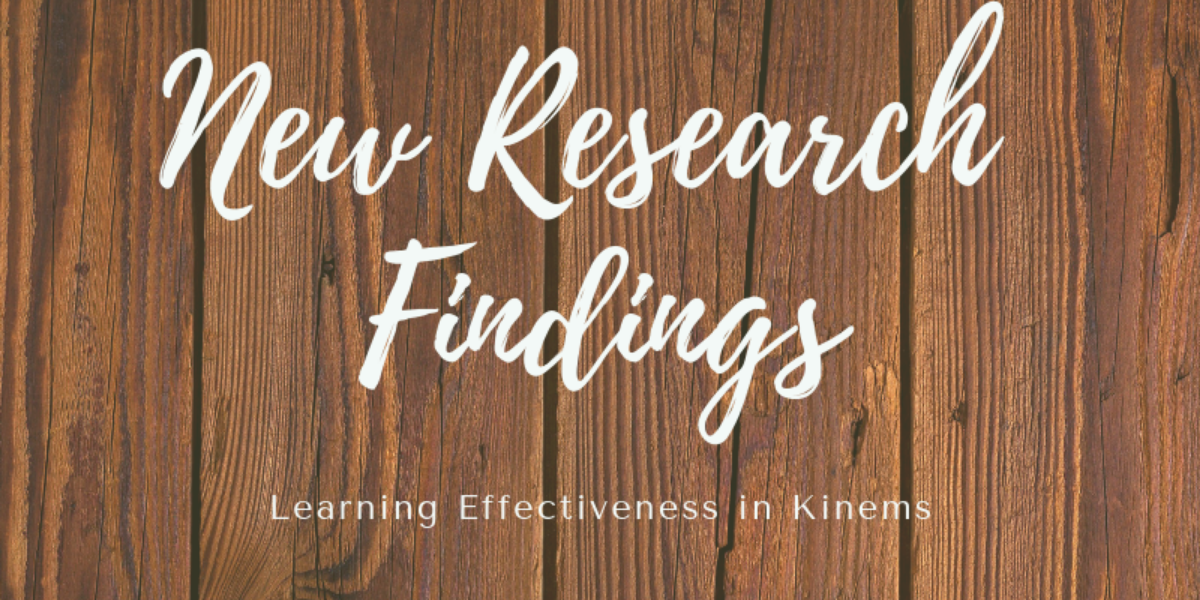Enhancing speech and language development in autistic children using Kinems Learning Games: New Research Study


A new Kinems related study just completed by Mrs Melina-Sofia Armaganidou, speech language pathologist, and professor Maria Kambouri at the UCL Institute of Education, London UK. It presents the positive findings in a special need school for autistic children (Early Years Class) that was carried out with 5 young and severely autistic children (4-8 years old) who used the Kinems games for a time period of 10 weeks.
Purpose of the research study The aim of the study was to assess if the Kinems games enhance speech and language skills in autistic children 4-8 years old with severe autism and severe language delays, and more specifically if they can help autistic children develop their receptive and expressive vocabulary, regarding high-frequency categories (i.e. animals, shapes, colors, and numbers). Analysis of data gathered via pre- and post-intervention assessments, interviews of teachers and teaching assistants and an in-depth study of kinetic and learning analytics showed that these games have a positive impact on children’s speech and language skills (receptive and expressive vocabulary), as well as in their communication and social skills.
Research Process
The research was carried during a Kinems-based individualized intervention program designed in order to improve language skills, and more specifically receptive and expressive vocabulary skills, of young autistic children. All children had made small progress since the beginning of the school year. The entire intervention program lasted for 10 weeks starting on February 2018. All students attended 2 sessions per week. The duration of a session was approximately 30 minutes. Overall, the children attend 20 sessions each. After the end of the 10-week intervention there was a pause for one month and a follow up of one week to check the stability of the results.
The children attended 2 sessions and played the same games they were playing during the intervention in order to assess if the gains were sustained or if there was any generalization of skills. None of the children was receiving speech and language therapy during the Kinems-based intervention. The Kinems games used in this intervention were the games: U-paint, Go Jelly, Tika Bubble, Yeti Jump, Shape in Place and Lexis. A different set of goals for each game, tailored to each child’s individual needs and annual plan was set. In every session, two games were chosen for each child; one calming, like U-Paint or Go Jelly, which every session was starting with and one second game, like Lexis, Yeti Jump, Tika Bubble or Shape in Place.
Main Findings Assessment at the end of the intervention showed improvements in their expressive and receptive vocabulary, as well as reduction of conduct problems, improved motivation and less challenging behaviors during and after the sessions and challenging behaviours. Each child improved both in their success rate and their score in Reynell Comprehension Scale. All the children’s scores were lower on the CARS Scale after the intervention. Those gains were not limited only in game-play time but they were transferable across many activities and interaction opportunities. Teachers were able to notice some generalization of the intervention effects; more appropriate behaviors, more spoken words and more appropriate communication efforts from the children were observed in all contexts (not only during computer play times).
Visit the Kinems website (research section) to read the executive summary of this research study as well as the findings of other studies.